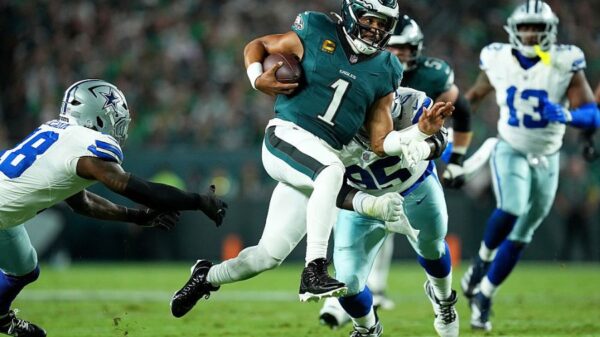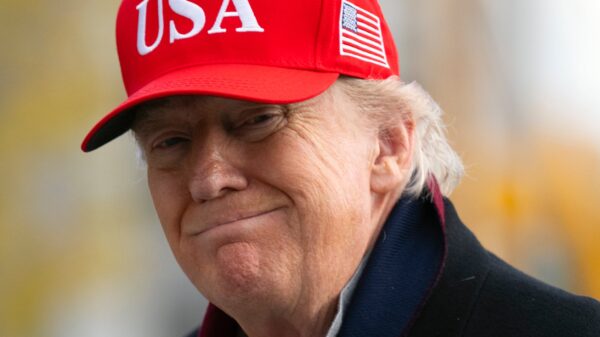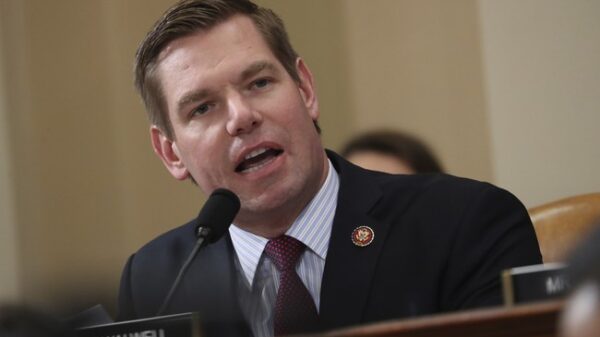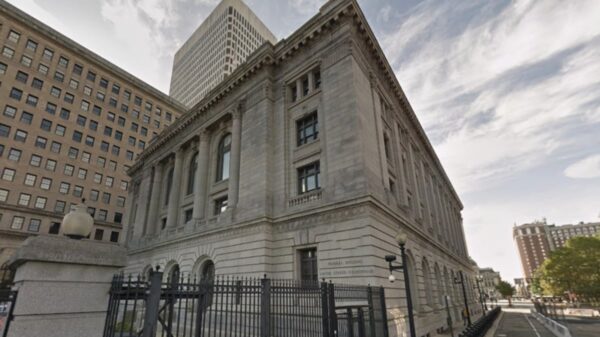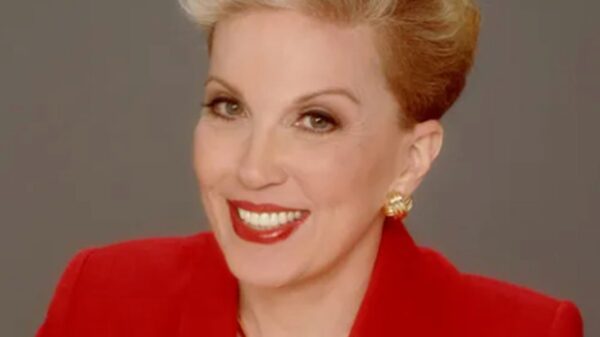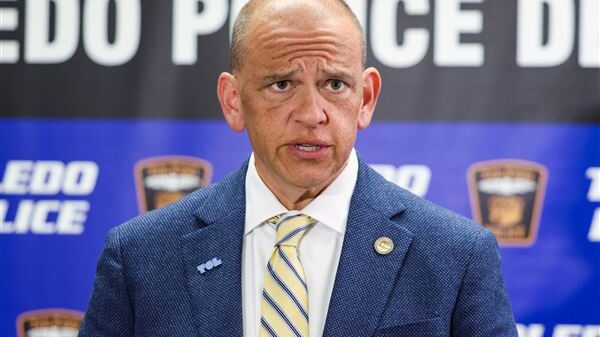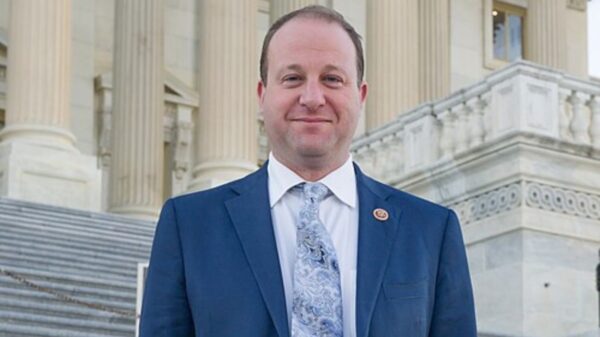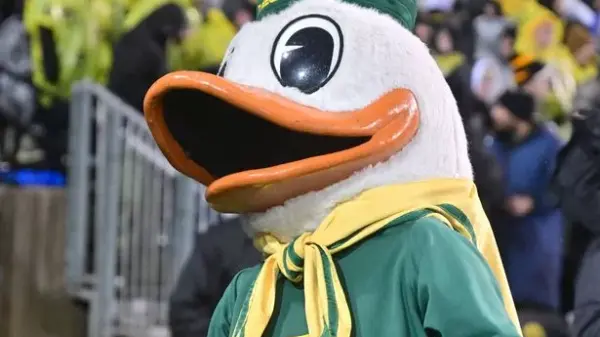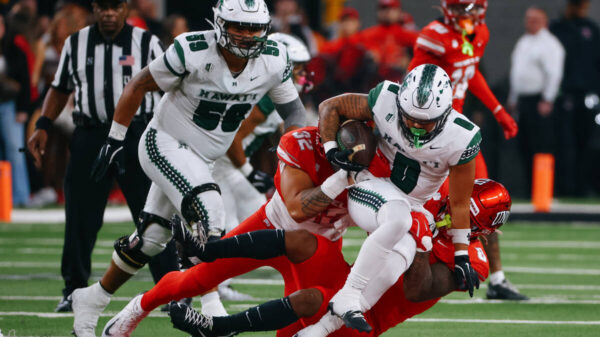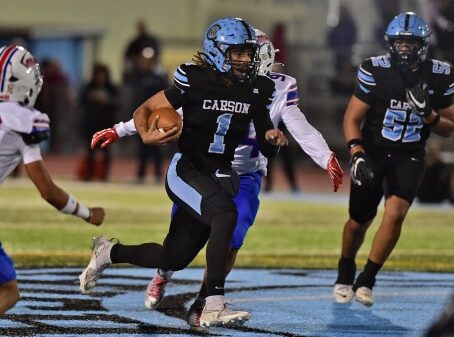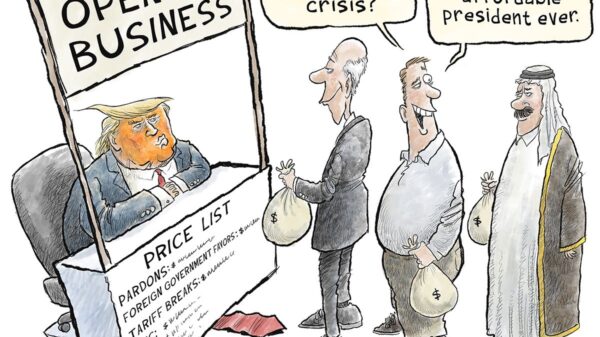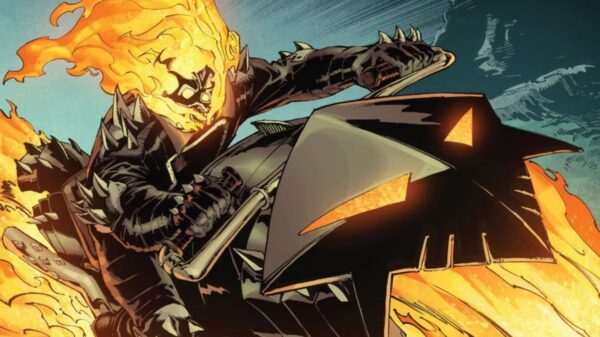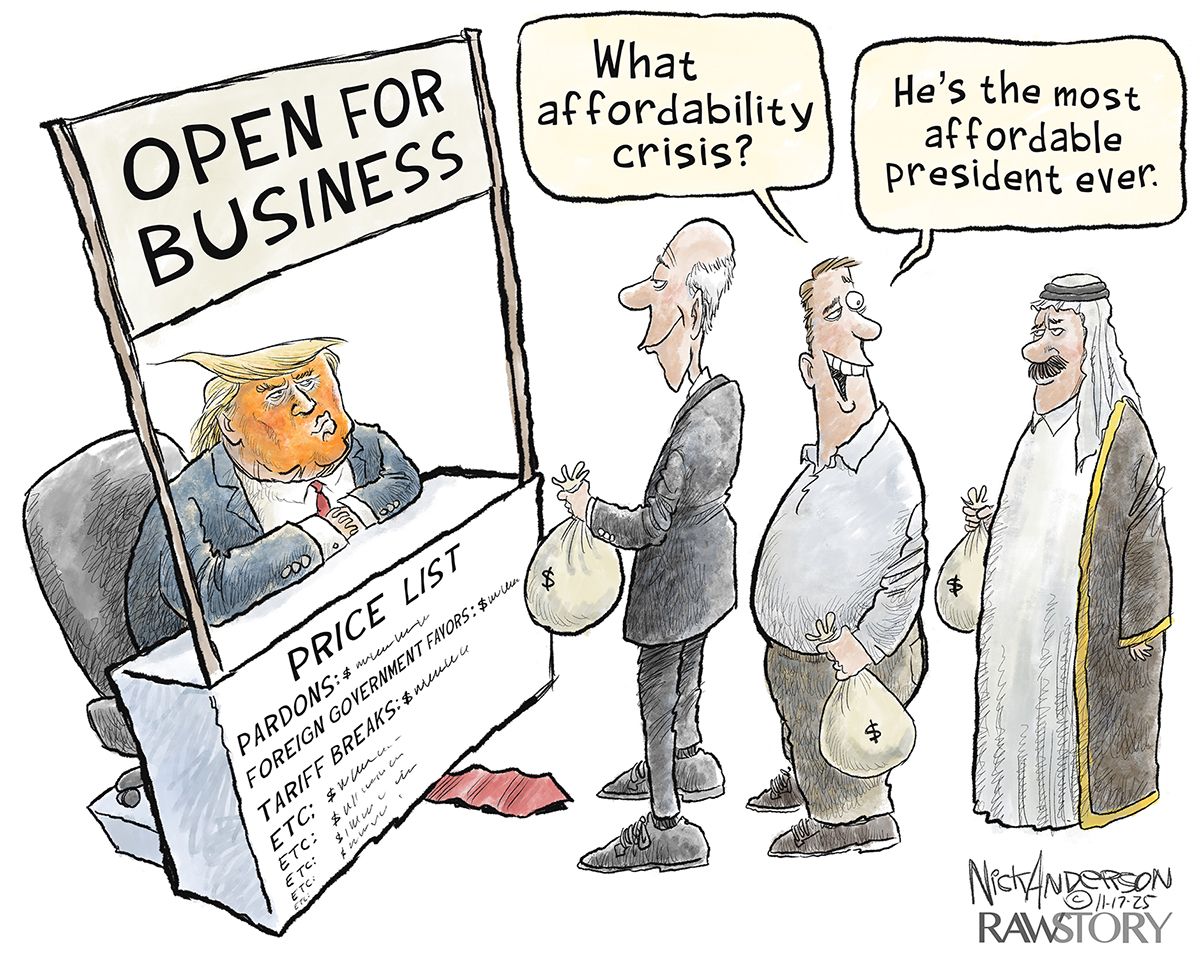Five prominent political cartoons have emerged, humorously depicting the recent red-carpet welcome extended to Prince Mohammed bin Salman by former U.S. President Donald Trump. This event, which took place against a backdrop of significant geopolitical discourse, has sparked a creative response from various cartoonists, showcasing their interpretations of the high-profile meeting.
The reception, held on March 5, 2025, was characterized by elaborate ceremonies that highlighted the ongoing relationship between the United States and Saudi Arabia. Cartoonists like Nick Anderson, R.J. Matson, Adam Zyglis, and John Deering have used their platforms to comment on both the spectacle and the underlying implications of the meeting. Their work not only entertains but also invites viewers to reflect on the complexities of international diplomacy.
Artistic Reflections on a Diplomatic Encounter
Each cartoon presents a unique perspective, utilizing satire to explore the dynamics of the Trump-Saudi relationship. For instance, Nick Anderson‘s cartoon highlights the juxtaposition of glamour and controversy, portraying the former president and the prince amidst a lavish setting while subtly critiquing their shared interests. Similarly, Adam Zyglis‘s work uses visual metaphors to question the ethical dimensions of such alliances.
The meeting between Trump and Prince Mohammed bin Salman is significant not only for its diplomatic implications but also for its cultural impact. The cartoons serve as a reflection of public sentiment, capturing both admiration and skepticism surrounding the leaders’ interactions. The artistic interpretations resonate with audiences, making complex political issues more accessible.
Political Commentary Through Cartoons
Political cartoons have long been a medium for commentary, and these recent illustrations are no exception. They provide a lens through which audiences can engage with the often convoluted world of international relations. By infusing humor into serious topics, cartoonists can effectively communicate their perspectives while encouraging critical thinking among viewers.
The event’s timing is particularly noteworthy, as it coincides with ongoing discussions about human rights in Saudi Arabia and the broader implications of U.S. foreign policy. The cartoons not only entertain but also provoke discourse about these vital issues, reflecting the dual role of artists as both entertainers and commentators.
As the world watches the evolving relationship between the United States and Saudi Arabia, these cartoons capture a snapshot of a moment that is as much about diplomacy as it is about the personalities involved. The red-carpet reception may fade from immediate memory, but the artistic interpretations will linger, offering insights that resonate well beyond the initial event.
In a world increasingly driven by visual media, the ability of cartoons to encapsulate complex narratives into digestible formats remains invaluable. As such, the works of cartoonists like Nick Anderson, R.J. Matson, Adam Zyglis, and John Deering play a crucial role in shaping public understanding of political events.

